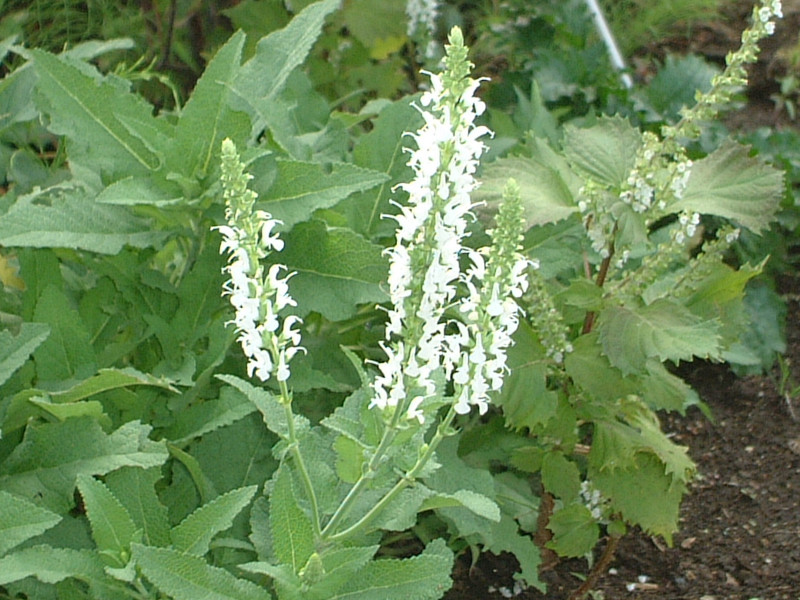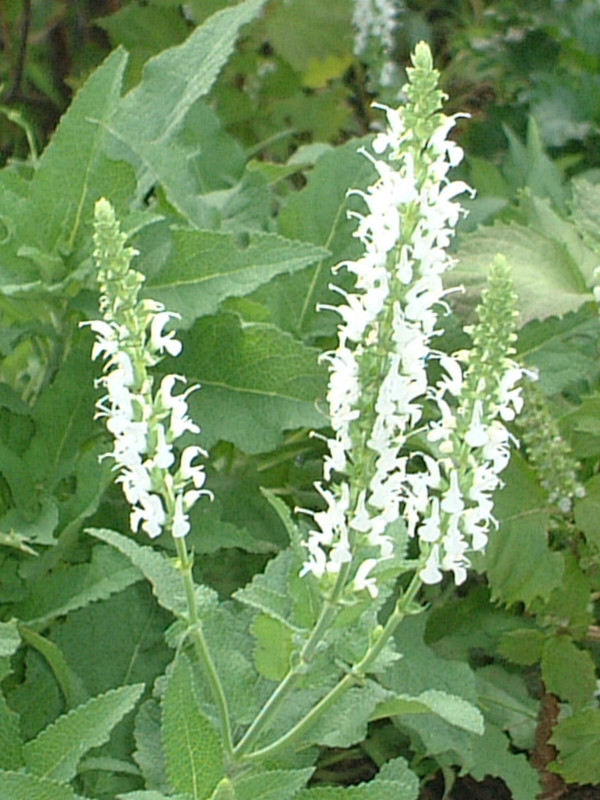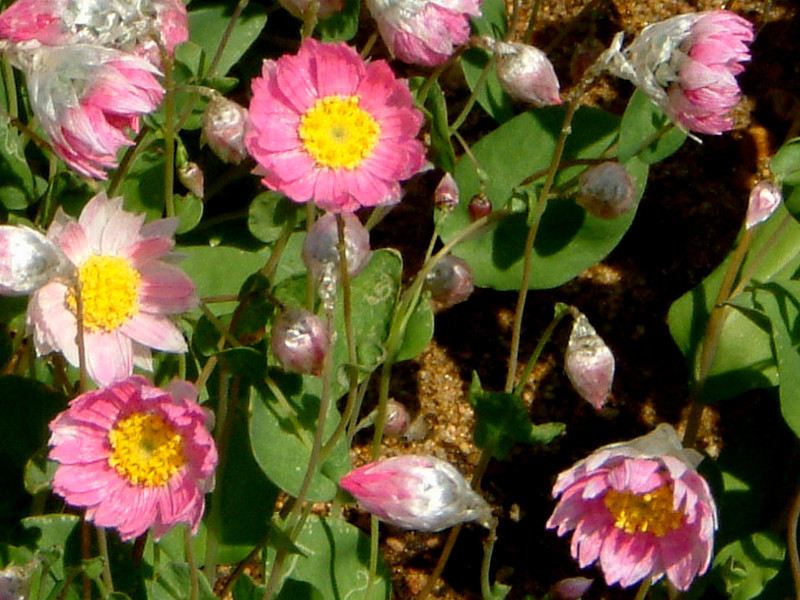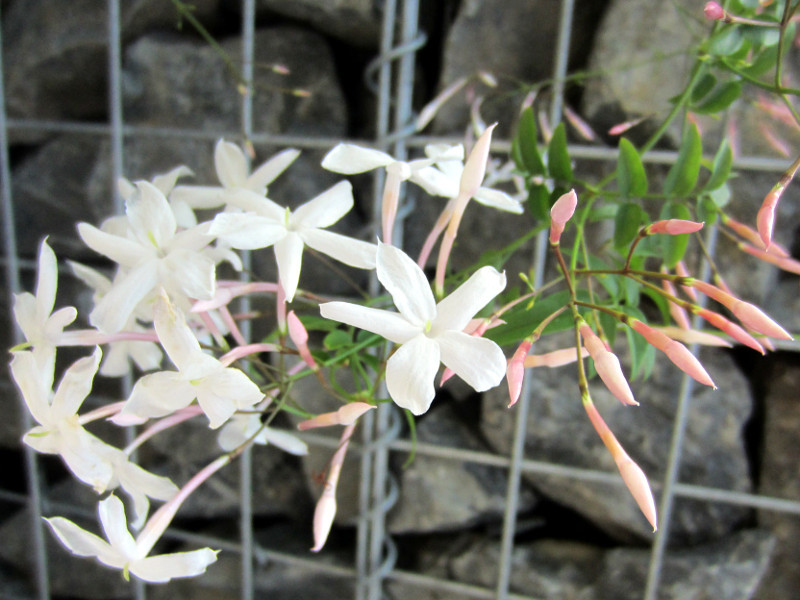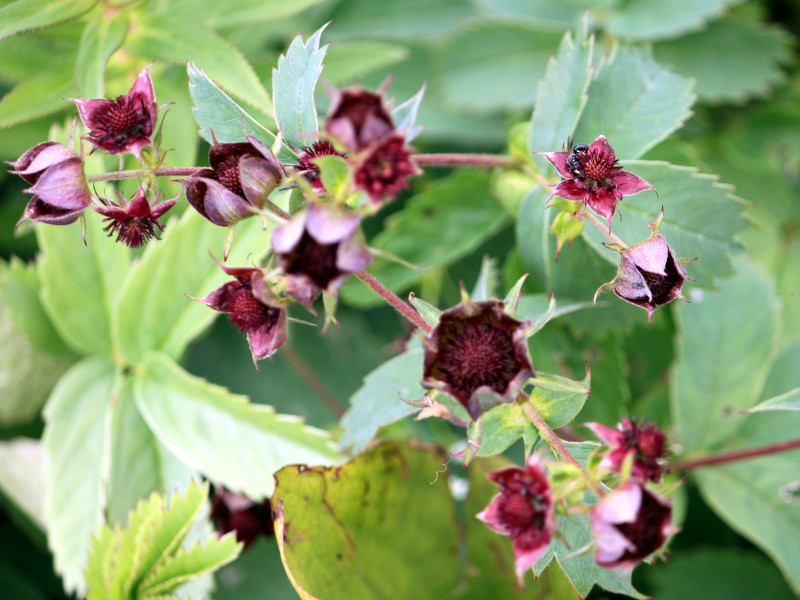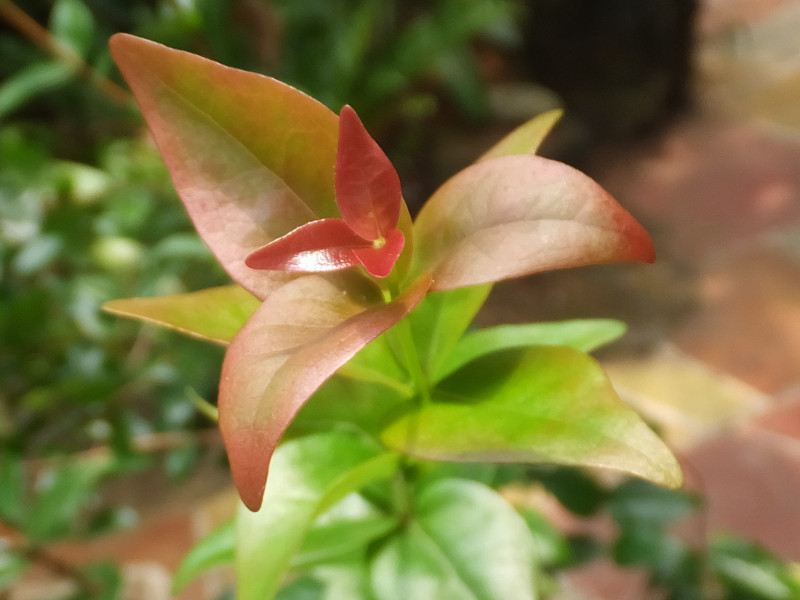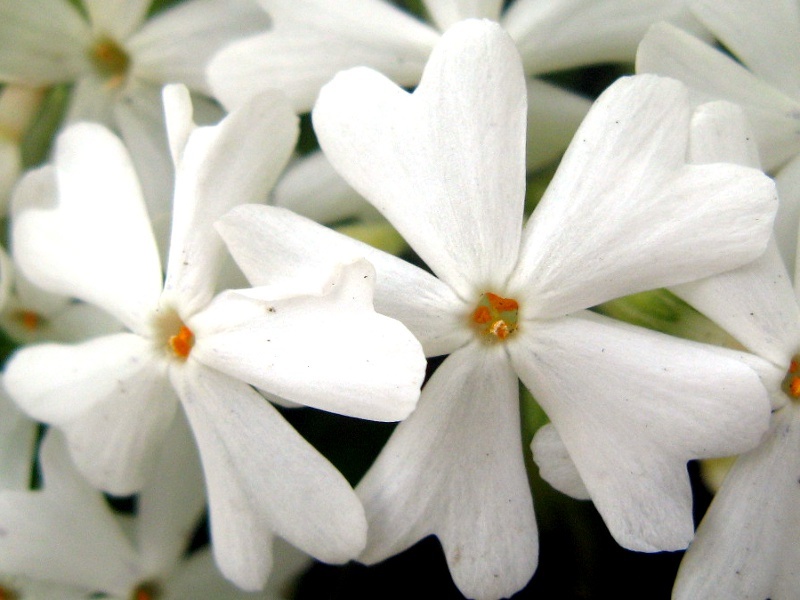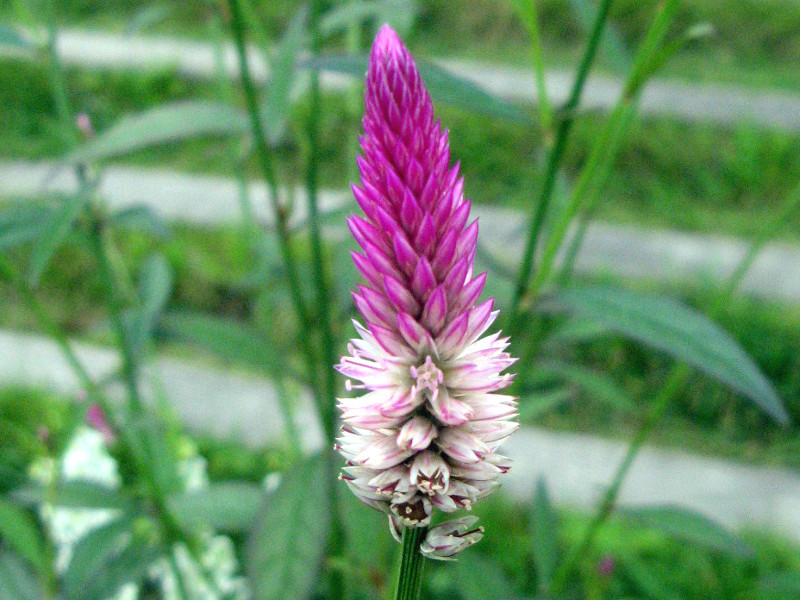Salvia microphylla
- Flower nameSalvia microphylla
- Scientific nameSalvia nemorosa 'snow hill'
- Aliaswoodland sage, Balkan clary, サルビアネモローサ, nemorosa, Salvia, スノーヒル, snow hill
- Place of originMexico and United States
- Place of floweringGarden, Park
- Flowering seasonJune, July, August, September
- Language of flowersNatural loose thoughts
What is Salvia microphylla
May night sage, Violet sage or Salvia nemorosa (scientific name: Salvia nemorosa 'Schneehugel') is a perennial herb native to Central Europe and Western Asia in the genus Salvia of the Cyperaceae family. In its native habitat, it grows wild in grasslands and shrublands. The herb is 30-60 cm tall and erect, and all the plants are hairy. The leaves are green, 5-10 cm long, ovate, with serrated edges, and are attached to the stem in opposite pairs.
From June to September, the inflorescence grows from the stem length or leaf axils and bears numerous white or purple lip-shaped flowers.
It is also called woodland sage, Balkan clary, may night sage, and violet sage (purple variety).
The white-flowered variety is "snow hill" (Salvia nemorosa 'snow hill').
Meaning of scientific names
The genus name "Salvia" means "salvus" in Latin, and the species name "nemorosa" means "woodland" in Latin. Common name: Salvia microphylla
Common name: Salvia microphylla, scientific name: 'Schneehugel', also known as woodland sage, Balkan clary, May night sage, and Violet sage, Origin: Central Europe - Western Asia, Habitat: Grassland and shrubland, Height: 30 - 60 cm, Leaf length: 5 - 10 cm, Leaf shape: ovate, Leaf margin: serrate, Phyllotaxy: opposite, Flowering site: stem top, leaf axils, Inflorescence form: acicular, Flower color white, purple; Flowering season: June-September; Diameter: 2-3 cm.
